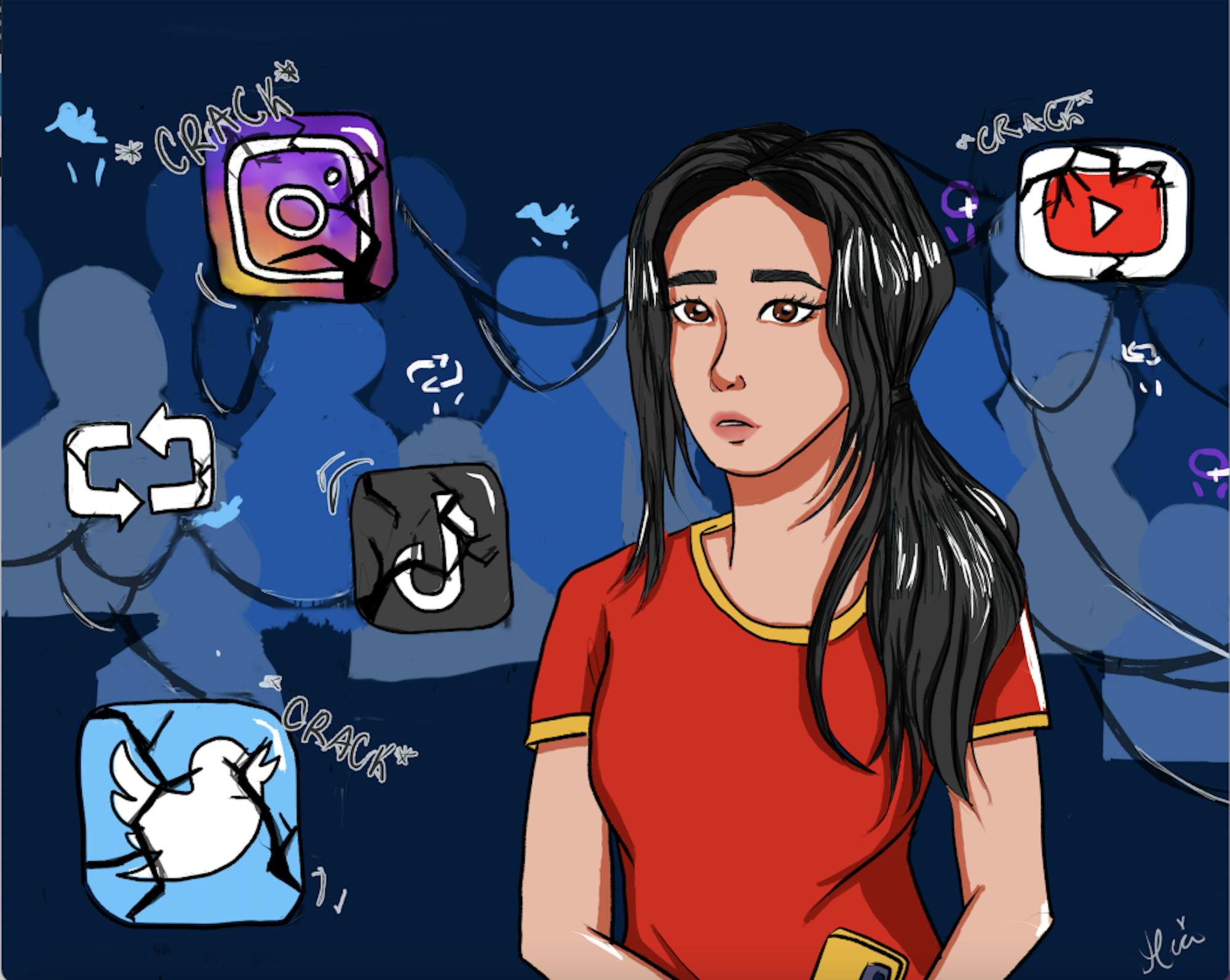Content warning: This article references violence and racism against Asian individuals.
Between March 16 and March 30, 2020, former President Donald Trump used the term"Chinese Virus" over 20 times in reference to the COVID-19 pandemic.The use of terms like "Chinese Virus" and "Wuhan Virus" focused the blame for the effects of the pandemic on China, rather than on the inaction of the U.S. government.By extension, this rhetoric has also cast blame on people of Asian descent.Scapegoating an entire ethnic demographic has obviously not gone without consequences; the past year has seen an150% increase in hate crimes against Asian Americans in major cities. Stop Asian American Pacific Islander Hate has documented more than 2,800 incidents of abuse against Asian Americans in the United States since the start of the pandemic.
In the early months of the pandemic, afather and his two young sons were stabbed in the aisles of their local Sam’s Club.Just a few weeks ago, anelderly man was killed on a morning stroll through the streets of San Francisco. The only provocation for these crimes was the act of being Asian in America.
As has been the case with many other movements advocating for the rights of minorities, these jarring examples of hate crimes in recent months sparked a marked increase in awareness of this issue on social media platforms.The hashtag #stopasianhate is trending, with over 17,000 posts on Instagram and over 120 million views on TikTok, and has even given rise to a GoFundMe campaign. Although this acknowledgment of racism against Asians is much needed and long overdue, some of the methods through which people strive to draw attention to the issue have counteracted the goal of helping the Asian community.
Graphic images and descriptions of Asian people being beaten and harassed are placed at the forefront of many of the viral posts circulating throughout social media. Although this undoubtedly achieves the goal of catching attention, this constant exposure to traumatic imagery can also exacerbate fear and grief within the Asian community.
“I’ve been trying to spend less time on social media [because] everything I see makes me sad.I don’t wanna watch people get violently attacked … Yes, those images are powerful but they’re also horrible to see. Especially when the victims share an identity with you or people you love,”first-year Chloe Cheng, a third-generation Chinese American student at Tufts, wrote on an Instagram story.When graphic posts like these circulate without additional information, context or proper content warnings, they bring more harm to the very communities they are meant to help. Additionally, we shouldn’t have to resort to using sensationalized imagery in return for basic empathy from the general public.
This trend of sensationalizing traumatic imagery under the ostensible intent of activism (often referred to as "trauma porn") is not unique to the movement against anti-Asian racism. Just last summer, many people within the Black Lives Matter movement expressed their discomfort with broadcasting traumatic images and videos of instances of police brutality,arguing that it did little more than exploit traumatic moments.
Above all else, genuine, helpful activism takes into account the conditions of the affected demographic. This is not to say that these images and stories shouldn’t be shared at all, but rather that the content should be approached with much more careful consideration of its impact and intended purpose. If imagery like this is broadcasted, it should be done so with proper content warnings and only with the intention of holding the perpetrators of the violence accountable. Furthermore, in order to effectively advocate for and support Asian Americans at this time, there should be more emphasis on education and action against anti-Asian racism. Combatting this issue at its core requires addressing the long-standing history of discrimination against Asian people in America — from the effects of Japanese internment to the "model minority myth" — and promoting diverse Asian representation in media and pop culture. Ultimately, the solution to the problems which have presented themselves so evidently over this past year relies on continued support and the confrontation of systemic issues, not on temporary interest and the magnification of violent events.






